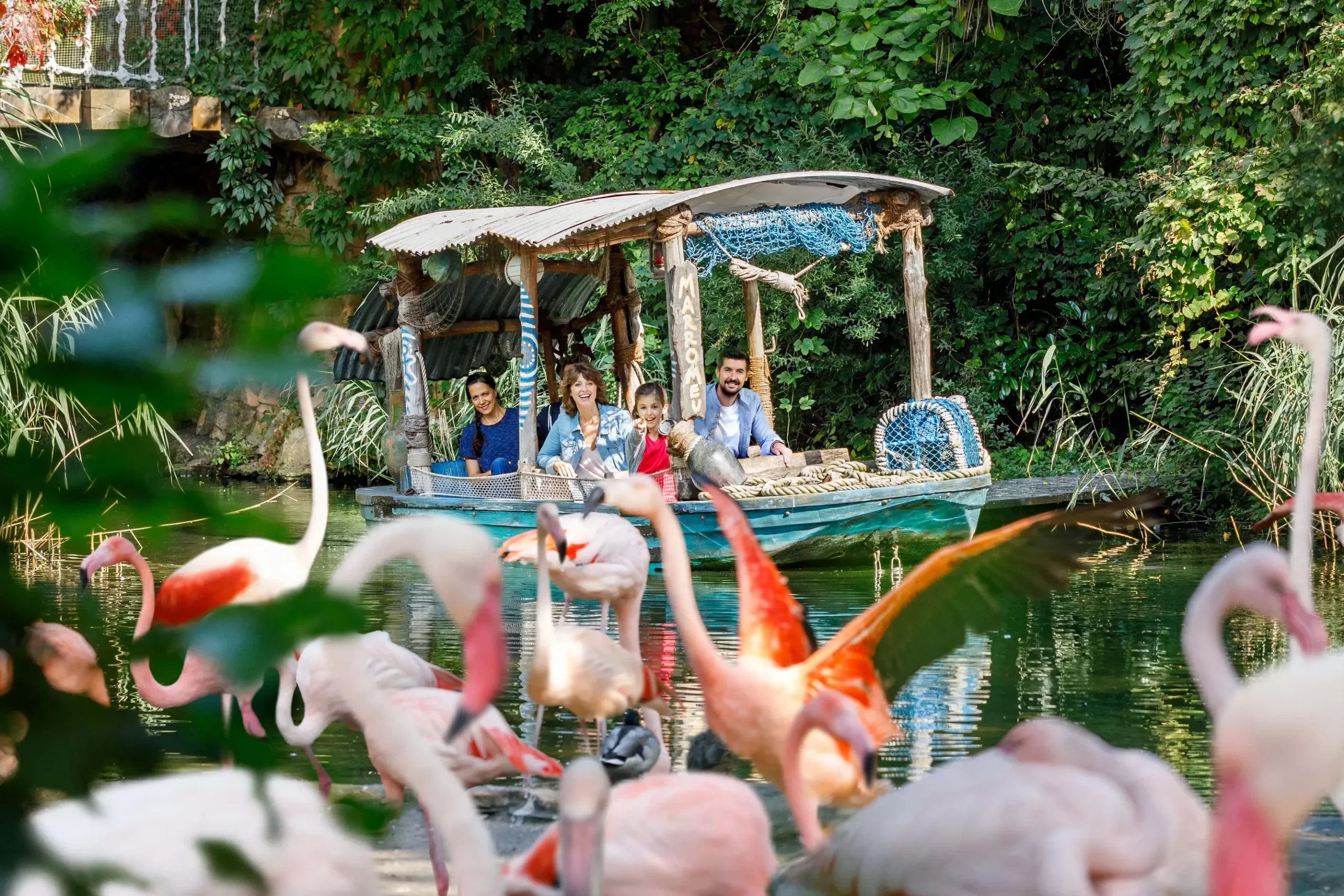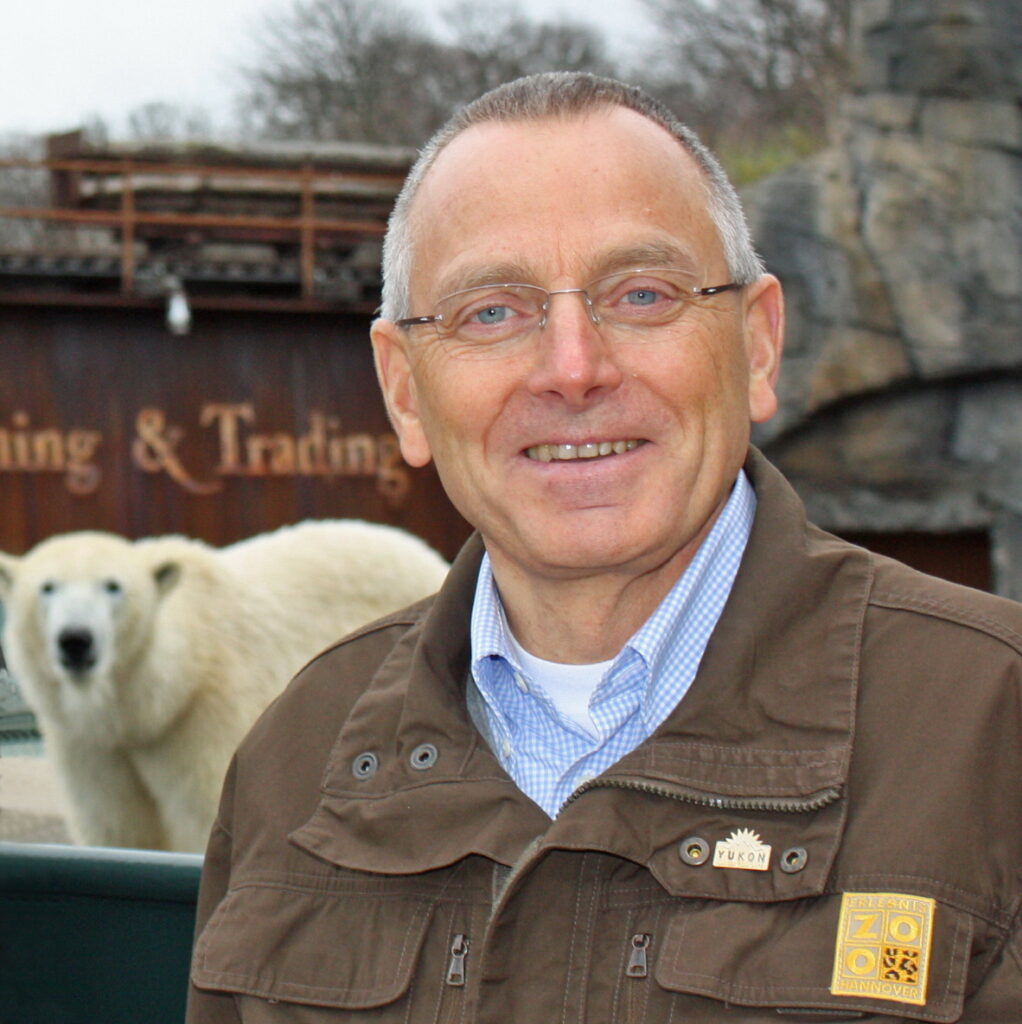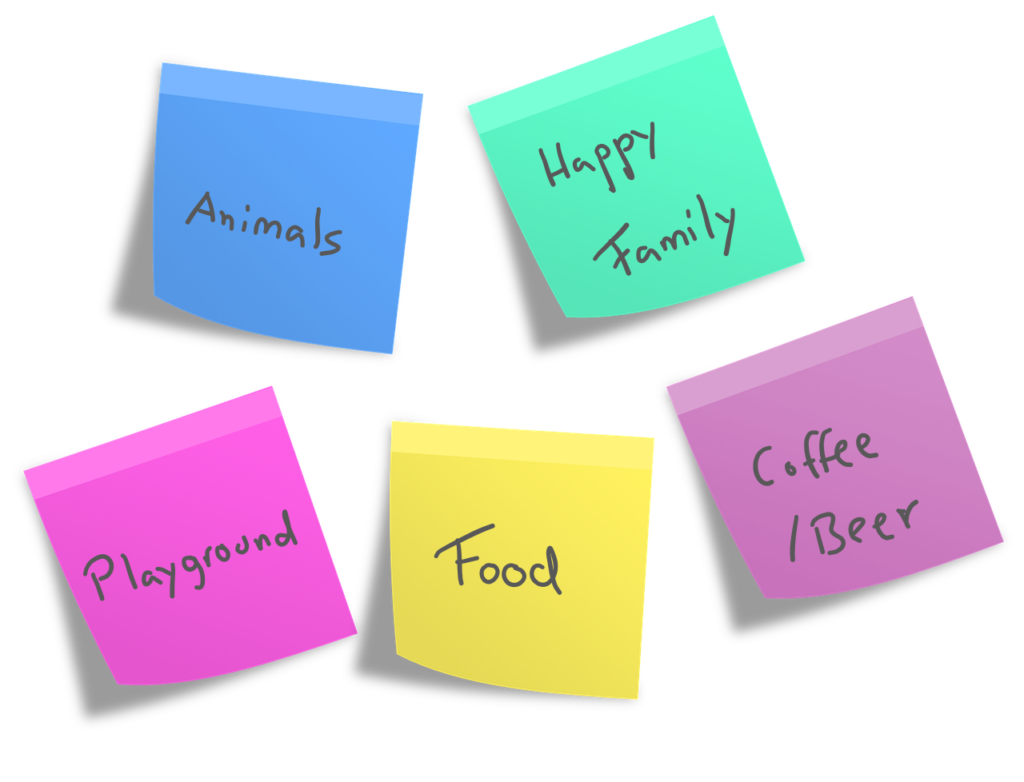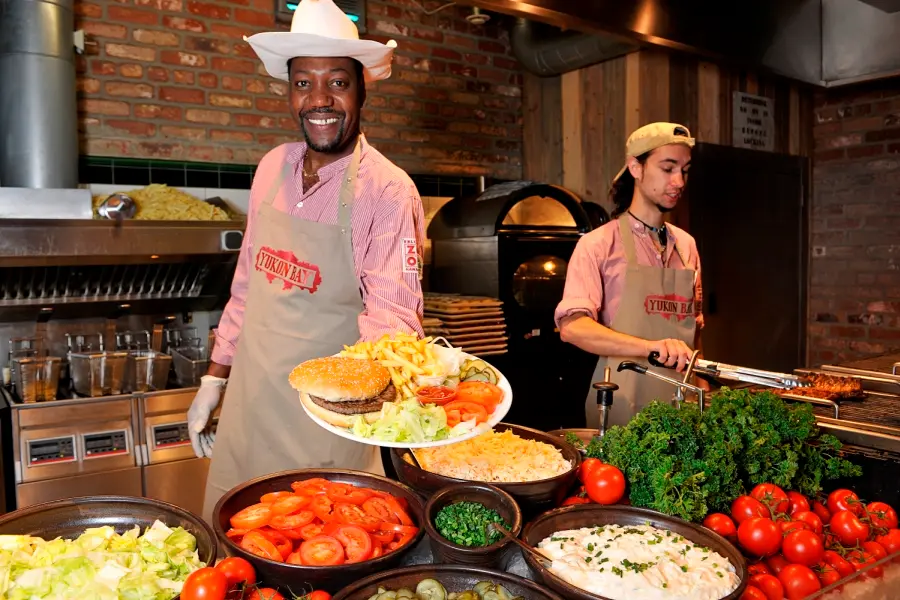
The Zoo Hannover in a Bad Situation

Most of you probably have been to a zoo before. The Hannover Zoo is one of the largest zoos in Germany. It has about 1500 animals on an area of 22 hectares. It is divided into 7 theme areas. About 400 employees work there and make sure that everything is in order. The zoo used to have more problems than today.
Throwback to the 1990s in Germany. The zoo has considerable financial problems. The zoo was experiencing declining numbers of visitors and public interest in the zoo. Since the zoo was a public institution, it was supervised by the local government. The head of this department was a lawyer named Klaus-Michael Machens. After the current director of the zoo resigned, he had to take over the management.
At first, he tried to find a suitable director. After a rather unsuccessful search, he began to run the zoo more and more on his own.
In 1996, his team tried to find out the strengths and problems of the zoo. It was obvious that the zoological knowledge was great, but the business knowledge was not. The zoo was focusing on the animals themselves but forgetting about the overall experience of visiting the zoo. Unknowingly, Machens used the design thinking approach to solve this problem
Why Do People Go Into the Zoo? What Are Their Expectations?
The main question he asked was: “What do visitors expect from a visit to the zoo?“. His team tried to find out what visitors really wanted. To do this, he used a diverse team of experts. This is a common practice in the design thinking approach. Another important aspect is to try to get a fresh, unbiased look at the problem. Machen’s non-zoo background enhanced this approach because he had almost no knowledge about zoos in general.
The main approach in this phase was to analyze almost every step of a typical visitor’s visit. Few visitors actually read the signs, let alone remember the information. In addition to contacting zoo experts, Machens also visited amusement parks and contacted Heinz Rico Scherrib. A well-known amusement park expert.

It’s not About the Animals, it’s About a Nice Day With the Family!
After analyzing the customers’ needs, Machens team defined the collected knowledge. The main result of the empathizing phase was that the visit is not about the animals, but more about spending a nice day with the family.
Machens often used his family as an example of how to apply this knowledge. He tried to imagine what a visit from his family would be like.
What Can we do to Create a Realistic and Authentic Experience for our Visitors?
In the process, many ideas were generated. In the third step of Machen’s journey, his team wrote down all the ideas. Some ideas had already been tested and proven. With the knowledge from the previous steps, they were able to create innovative ideas that could change the whole zoo experience.
Their biggest and most successful idea was to create different themed worlds, such as Africa or the Australian outback. They also had the idea of getting rid of cages and fences and minimizing the distance between visitors and animals. They did this by including windows instead of fences or creating a boat ride through a flamingo enclosure. This is a common American approach that Machens copied. The food also underwent a major change. Machens wanted the food to be part of the whole experience. He created various authentic food based on the theme areas.

Maybe a Boat Ride?
Machens and his team didn’t want any ideas to fail, so they had to be sure they would work. In the design thinking approach, this is ensured by prototyping and testing the ideas. With this approach, it is unlikely that you will design a product that does not achieve the desired result.
At the zoo, Machen’s team came up with the idea of building an artificial river through an enclosure that visitors could ride in a boat. This idea was inspired by a theme park in Belgium. The team visited this theme park and looked for inspiration to create their own boat ride adventure. They then built a prototype and asked visitors to test it. Machens hired not only zoologists, but also craftsmen and set designers to make the enclosures as realistic as possible. The goal was to make the visitor feel as if they were inside the enclosure and very close to the animals. They created 4 unique theme areas where visitors can experience the African desert for example.
Do Visitors Like Boat Rides?
Testing is the final stage of design thinking. To be sure that your ideas will work, you need to test them. Machens took the prototypes and ideas and tested them with real customers. What works and what does not. Only by including the real needs of your customers and letting them test your ideas will you get the results you are looking for. He also often used his family to test if a “normal” family wood appreciate the ideas.
During the testing process, many new ideas came up that the Machens team wanted to try. This is a common question in the testing phase of design thinking. Refining or reinventing the given ideas and prototypes.
Did the Measures Saved the Zoo

After rethinking the concept of the Hannover Zoo, the results were astounding.
Despite criticism from other zoo managers, Machen’s new “Erlebnis Zoo” attracted many new visitors and generated about 500% more revenue than before. Since then, ticket prices have tripled. The zoo has won the Parkscout Audience Award seven times. It has been named Germany’s most family-friendly zoo nine times
What Can we Learn from K-M. Machens?
Machens did most of his change according to the design thinking approach without even knowing it. Obviously, he did not take the typical design thinking approach that is used in large modern companies today. But that is precisely why he was able to come up with the best possible user-centered solution for the situation. He had basically no knowledge about zoos in general and therefore a fresh and unbiased view on the problems. He asked the right questions and focused on the user (the visitor) instead of the product (the zoo).
He was also creative, challenging the existing concepts and coming up with new innovative ideas that matched his vision. He understood that the goal of a visit is not to see the animals and learn about them, it’s to have a great day with the family and spend time together. He did everything to make the zoo meet those needs and never gave up.
All in all, the main lesson we can learn is to throw everything we know overboard and ask the right questions about what the user needs instead of what we want to deliver.
Sources
Design Thinking Coach, https://designthinkingcoach.de/die-geschichte-von-hannovers-zoo, checked on 04/03/2024
Wikipedia, https://de.wikipedia.org/wiki/Erlebnis-Zoo_Hannoverchecked on 04/03/2024
Wikipedia, https://de.wikipedia.org/wiki/Klaus-Michael_Machens, checked on 04/03/2024
Financial Times Deutschland (through webarchive), https://web.archive.org/web/20100911201925/http://www.ftd.de/karriere-management/:design-thinking-im-zoo-hannover-menschen-tiere-sensationen-erfolg/50153723.html, checked on 04/03/2024



